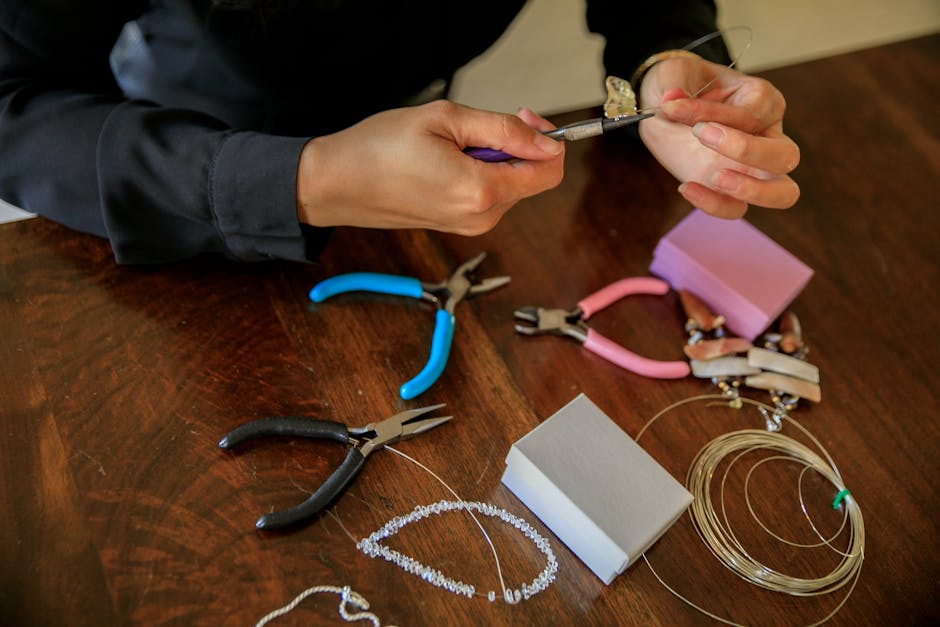12December 2021
Hey i'm justin welcome back to make
build modify! Today we're making a cordless tool
storage station. I'm using some scrap lumber, an old 2×6
tongue and groove spruce, and some old plywood. The plywood is just over 49 inches so
i'm going to cut both of the members down to 49. Now to remove the tongue and groove from the 2×6. I'm setting the saw at five degrees.
That's because the upper portion of this storage shelf
will have a slight cant to it to hold the tools against the wall. Next I'm cutting the plywood. I cut it
about eight and a half inches or so.
This is all just rough measurements.
I'm cutting the same bevel on this plywood so that when they
connect it'll marry against the wall with no problem. You can see the bevel on both pieces of
wood there. Here's how they'll sit and fasten
together. Once they're assembled I'm cutting
several slots in this plywood to receive the tools
and I want the end to terminate with a curve so I'm using a forstner bit.
And I'm marking a line here three inches and then the other direction every four
inches so i can use a two inch bit to cut those
holes. I'm drilling from the top side.
That's
just in case there's blowout on the back side. It won't be as obvious there, but I am also following up with a router to clean
up all the edges. You can imagine this is a great time
saver rather than having to cut all of those curves with a bandsaw or
some other tool. I'm going to use my sliding compound
miter saw to cut the sides. So, I'm marking up to the edge of each
circle.

You have to stop a little short of
finishing the cut so that you don't run into the sides of the circle.
You can finish that with a hand saw later. i'm using a quarter inch radius round
over and i'm going to go over every edge of this front and back. i decided to round over the front facing
corners of the support member also. it's important not to do too large of a
radius otherwise the smaller handled tools might slip through these gaps.
The primary reason for a radius, for me, is to reduce the chance of splinters. Now i'm scribing a line to locate the screws so i can fasten the top to the support member. I divided it into four equal sections so
five screws.
I glued this together but i don't think
it's necessary. If you were in a hurry you could just
fasten this with screws and it would probably do just fine. This is one of my favorite tricks, nail
the thing together before you apply the screws.
That way it's not slipping all over the place when you install the screws. Okay it's put together. We're almost
there. We just have to install it and hang up some tools!
I have plywood on my walls so i can place screws wherever,
but if you were using this with studs you just have to locate your studs and
run the screws in there. I like this design because it's fast
it's easy it's almost free and it does the job.
A simple problem should have a simple solution, no need to over complicate.
I'll have the tools and materials listed
in the description. and if you think I earned it, please subscribe. .
